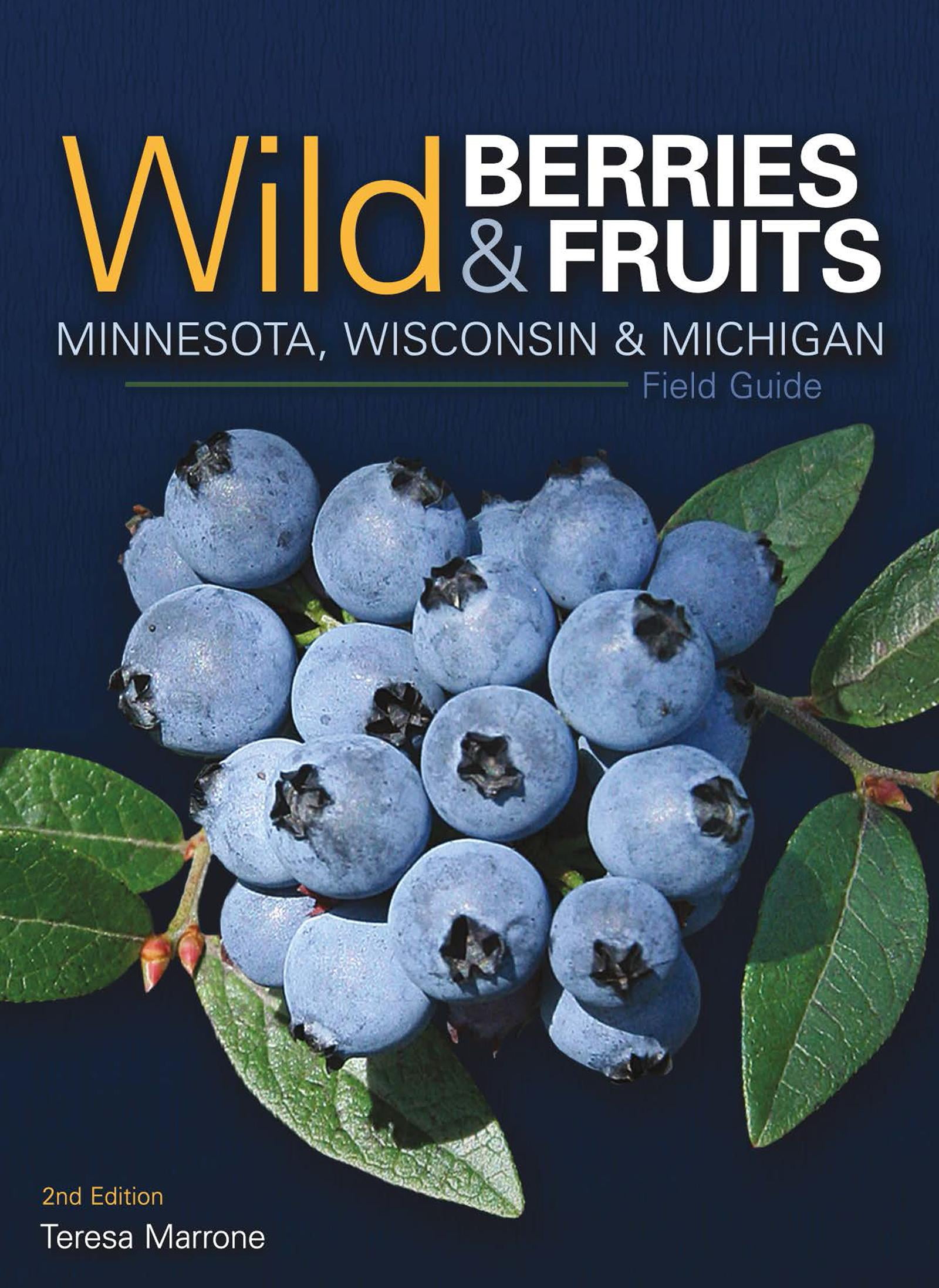
"About this title" may belong to another edition of this title.Dewberries Image courtesy of Pollinator, Wikimedia Commonsīlackberries and their lookalikes, dewberries, are two of the most commonly harvested wild berries, and with good reason.

NOTES: Cranberries are best when cooked, but can be eaten raw. 108) has larger leaves, up to 1 inch, which are pointed at the base and broadly rounded at the tip. Both creeping snowberry and wintergreen smell spicy when crushed. 258) has white berries stems and leaves are hairy. SEASON: Cranberries ripen in late summer to early fall, and may persist on the evergreen plants through winter if not eaten by birds.ĬOMPARE: Several plants with edible berries have similar appearance. The fruits of large cranberry look out of proportion to the tiny leaves. Large cranberry has the largest fruits, averaging 1⁄2 inch across those of the other two species are 3⁄8 inch or less. Fruits of northern mountain cranberry and small cranberry grow on stalks at the tip of the stem those of large cranberry grow along the stem rather than at the tip. Leaves of northern mountain cranberry are 1⁄4 to 3⁄4 inch long, egg-shaped with rounded tips undersides have tiny black resin dots (visible with a lens).įRUIT: A tart, but delicious, red berry.

Leaves of large cranberry are 1⁄4 to 5⁄8 inch long, narrowly oval with blunt tips, and pale underneath, but not as white as those of small cranberry edges are flat or very slightly rolled. Leaves of small cranberry are less than 3⁄8 inch long, lance-shaped with pointed tips, and white underneath edges are rolled. LEAVES: Smooth, hairless, leathery evergreen leaves grow alternately on the slender stems. Cranberry plants often take root at the leaf nodes, forming dense mats.

GROWTH: A ground-hugging trailing plant technically a subshrub, but vine-like in growth habit. All are found in wet, acidic areas such as sphagnum bogs, swampy spots and fens.

macrocarpon) and northern mountain cranberry ( V. HABITAT: Three species of wild cranberry are native to our region: small cranberry ( Vaccinium oxycoccus), large cranberry ( V.


 0 kommentar(er)
0 kommentar(er)
